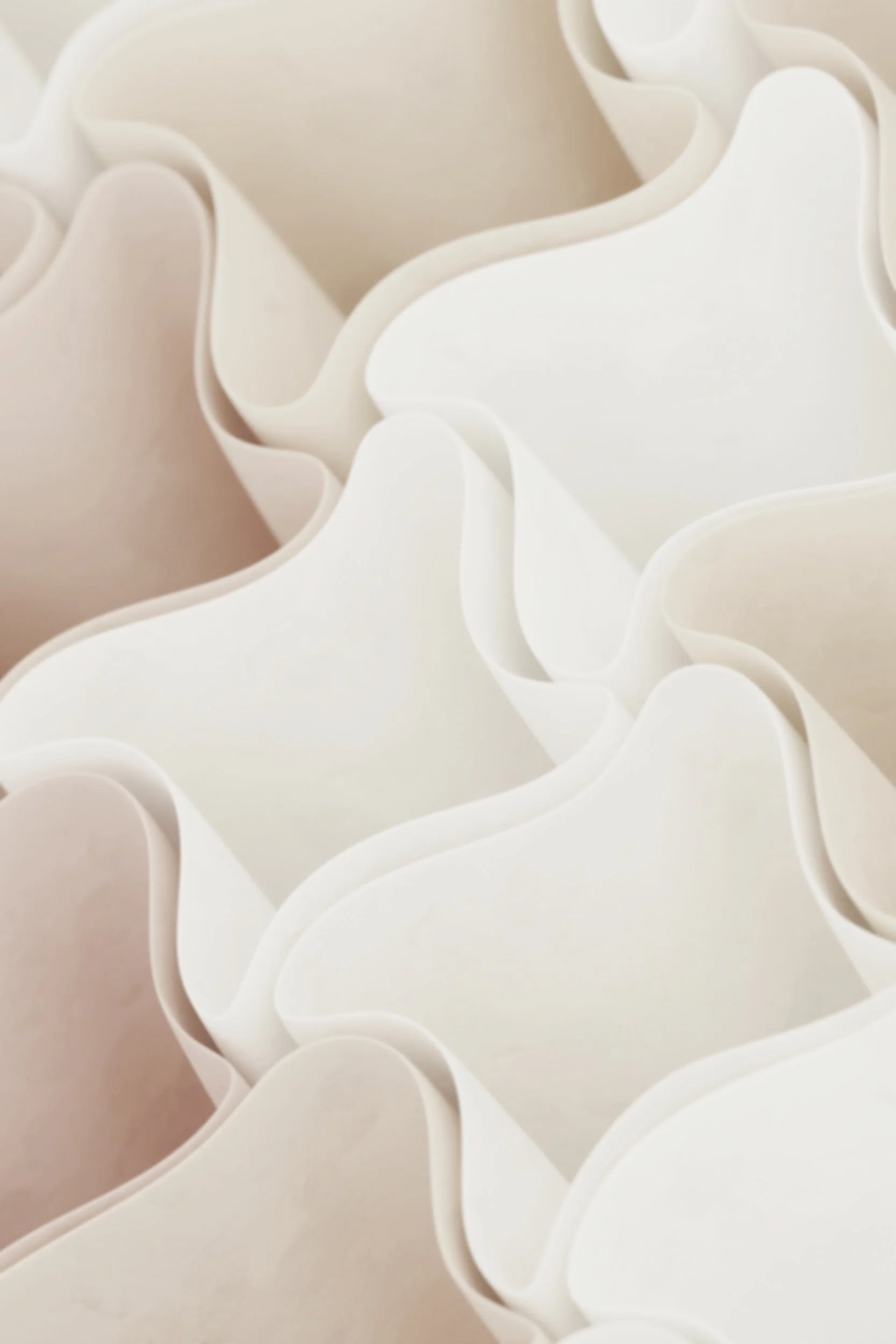History and practice of Muscle testing
Thanks to the innovated and intuitive healers that sought to develop techniques to gain better insight into the body, we are able to have this indispensable and powerful tool of accessing the body and mind to restore balance and achieve our most highest intended state.
The pioneers
HISTORY OF APPLIED KINESIOLOGY
Kinesiology is the study of muscles and their movements related to physical conditioning.
The practice of Applied Kinesiology goes back to 1964 where a chiropractor practicing in Michigan by the name of Dr. George Goodheart made observations of the strength and weaknesses of the muscles in patients for no obvious reasons. Through further investigations of this phenomena, he was able to determine the specific muscles that were tested indicating some type of imbalance or correspondence with the acupuncture meridians and their connection to specific organs.
With further discovery in this area of using the muscles to give indication as to what the body was experiencing and needing, he could determine what nutrition and physical stimulation was required in order to bring balance and restore health. At the same time he was also able to diagnose what counterbalancing stimulation the body perceived. These observations proved his theory that the muscle tested would be strong if it was in agreement and was therefore perceived as good and vice versa could make the determination of what was perceived as bad on a deep level within the body.
In addition to Dr. Goodhearts founding of Applied Kinesiology there was an apprentice of his, Dr. Alan Beardall studied under him and in 1968 he developed the Clinical Kinesiology method that used over 250 muscle tests in order to diagnose and evaluate a person. This was an extremely innovative tool that could allow a practitioner to be guided using the patient’s subconscious mind to assess the body’s biological functions.
Following this process of studying methods in assessing and uncovering what the body is signaling to its specific state, there was a psychiatrist by the name of Dr. John Diamond who refined the Applied Kinesiology method in the 1970’s. His discovery was in how indicator muscles would strengthen or weaken according to positive and negative emotional and mental stimuli. Dr. Diamond used this method in his practice and named it Behavioral Kinesiology. He was also able to make the connection between meridian points and specific emotions.
There have been many other healers following these pioneers of intuitive medicine that have expounded this area of insight that is non-invasive and quite powerful in diagnosing and incorporating into the most optimal methods of restorative health.

